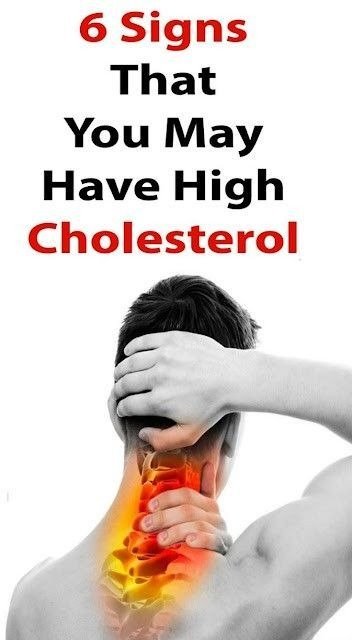Are you one of the many people struggling with high cholesterol? If so, you’re not alone. High cholesterol is a common issue, but the good news is that it’s manageable with the right lifestyle changes. Diet plays a crucial role in regulating cholesterol levels, and making small adjustments can lead to significant improvements. Here are ten easy tips to help you eat your way to lower cholesterol.
Understand the Basics of Cholesterol
Before diving into the tips, it’s essential to understand the difference between LDL and HDL cholesterol. LDL, often referred to as “lousy” cholesterol, can build up in your arteries and increase your risk of heart disease. On the other hand, HDL, or “healthy” cholesterol, helps remove LDL from your bloodstream. By making mindful food choices, you can increase your HDL levels and decrease your LDL levels.
1. Choose Whole Grains and Lean Proteins
Start by making healthier sandwich choices. Opt for whole wheat bread or a pita filled with lean turkey and plenty of fresh vegetables. Avoid processed meats like hot dogs, bologna, and salami, as well as high-fat condiments like mayonnaise. These foods are often high in saturated fats and cholesterol, which can contribute to elevated LDL levels.
2. Incorporate Omega-3 Rich Foods
Fish, especially wild red salmon, is an excellent source of Omega-3 fatty acids. These healthy fats can help lower your LDL cholesterol and reduce inflammation. Flax seeds are another great option for adding Omega-3s to your diet. Sprinkle some ground flax seeds on your yogurt or oatmeal for an added boost.
3. Eliminate Trans Fats
Trans fats are a type of unhealthy fat that can raise your LDL cholesterol and lower your HDL cholesterol. They are commonly found in margarine, shortening, and processed foods containing partially hydrogenated oils. Check food labels carefully and avoid products that list these ingredients.
4. Go Nuts for Healthy Fats
Nuts like walnuts, almonds, macadamia nuts, cashews, and pecans are high in healthy fats that can improve your cholesterol levels. They also make a great snack option. When it comes to peanut butter, choose natural varieties without added sugars or unhealthy fats.
5. Opt for Healthier Desserts
Limit your intake of high-fat desserts and opt for healthier alternatives. Angel food cake, graham crackers, Jell-O, and fat-free frozen yogurt are all good choices. These treats can satisfy your sweet tooth without the added cholesterol and saturated fats found in many traditional desserts.
6. Increase Your Fiber Intake
Fiber-rich foods can help lower your cholesterol levels by binding to cholesterol in your digestive system and removing it from your body. Whole grains, oatmeal, fruits, vegetables, beans, and certain cereals are all excellent sources of fiber. Look for products that are specifically labeled as “may help lower cholesterol” for an added benefit.
7. Grill Your Meats
If you enjoy steak or burgers, consider grilling them at home using lean cuts of meat. Grilling allows excess fat to drip away, reducing the amount of cholesterol and saturated fats you consume. Plus, grilling adds a delicious flavor to your food without the need for extra fats.
8. Choose Healthy Salad Dressings
Many commercial salad dressings are high in unhealthy fats and cholesterol. Instead, opt for olive oil and vinegar or lemon juice as a healthier alternative. Skip toppings like bacon bits, croutons, and egg yolks, which can add unnecessary cholesterol to your salad.
9. Load Up on Fruits and Vegetables
Fruits and vegetables are cholesterol-free and packed with essential nutrients, including antioxidants that can help protect your heart. Aim to include a variety of colorful fruits and vegetables in your diet. Some great options include green peas, broccoli, cauliflower, apples, oranges, mangos, papaya, pineapple, tomatoes, garlic, onions, spinach, water chestnuts, bananas, apricots, blueberries, and kiwi.
10. Avoid Fast Food
Fast food, especially items like french fries and deep-fried foods, can significantly raise your cholesterol levels. These foods are often high in saturated and trans fats. Try to avoid fast food restaurants and opt for healthier meal options when dining out.
Bonus Tip: Flavor with Spices
Use spices like pepper and oregano to add flavor to your dishes instead of high-fat condiments like mayonnaise. Spices are a healthy and delicious way to enhance the taste of your meals without adding extra cholesterol.
Take Control of Your Cholesterol
Lowering your cholesterol doesn’t have to be complicated. By incorporating these simple dietary changes and combining them with regular exercise, you can make a significant impact on your cholesterol levels. Whether it’s choosing healthier fats, increasing your fiber intake, or avoiding processed foods, every small change adds up. Start today and take the first step towards a healthier heart and a better quality of life.




